Have you ever wondered whether Botox is truly safe? With the rise in popularity of botulinum toxin treatment, many patients want to understand where the real risks lie. Botox cosmetic injections are a common concern for those looking to smooth facial wrinkles, but knowing about Botox danger zones and their potential complications is essential to making informed decisions.
When performed correctly, Botox has a strong safety profile and delivers excellent results. Still, different facial areas pose unique risks. Understanding these risks will not only ease your mind but also help ensure patient safety throughout the process. Read on to discover the key facts you need to know.
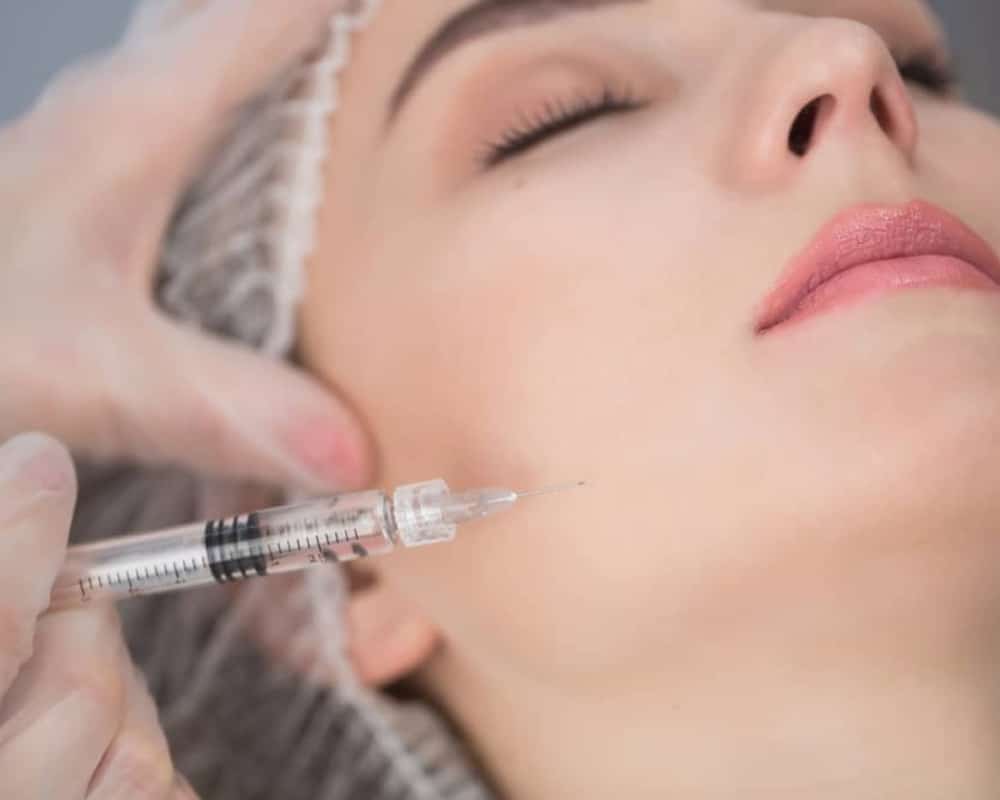
Can Botox Treatments Cause Permanent Damage?
While Botox is widely considered safe, no procedure is completely without risk. Botulinum toxin treatment involves targeting specific muscles to reduce wrinkles, but improper injection techniques can increase the risk of complications. In rare cases, potential side effects may include muscle weakness, facial asymmetry, or even permanent paralysis. Prolonged botulinum toxin injections in the wrong areas can cause damage that takes time to resolve—or may not resolve fully.
That’s why patient safety is paramount. Choosing a qualified, experienced injector greatly reduces these risks, as they understand facial anatomy and use advanced methods to minimize potential side effects. When done properly, Botox provides predictable results with a very low chance of long-term harm.
The Danger Zones: Where Not to Inject Botox
Understanding the relationship between facial arteries and facial muscles is critical when it comes to Botox injections. Certain specific areas of the face are considered potential danger zones because improper placement can interfere with blood supply or muscle function. Knowing where not to inject helps prevent unwanted complications and ensures that cosmetic treatments remain both safe and effective.
1. The Frontalis Muscles Region (Forehead Lines)
As a common treatment area, the forehead lines are frequently targeted with Botox to smooth dynamic wrinkles. However, incorrect placement in the frontalis muscles can cause the eyebrows to droop or create an unnatural, heavy appearance. Proper injection depth and positioning are essential here to maintain natural expression while avoiding complications.
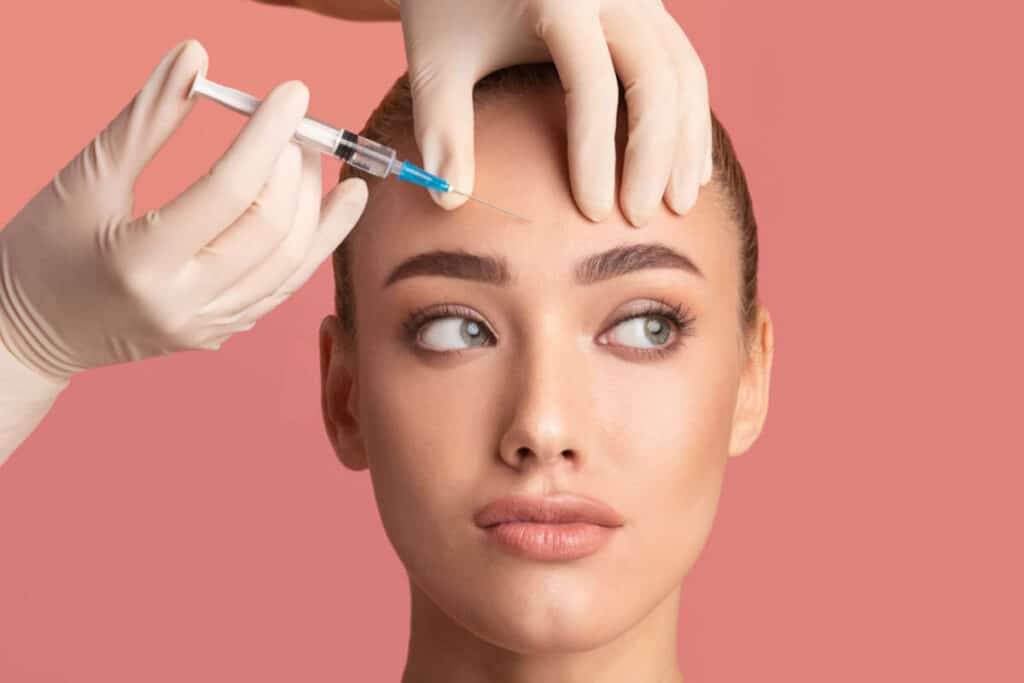
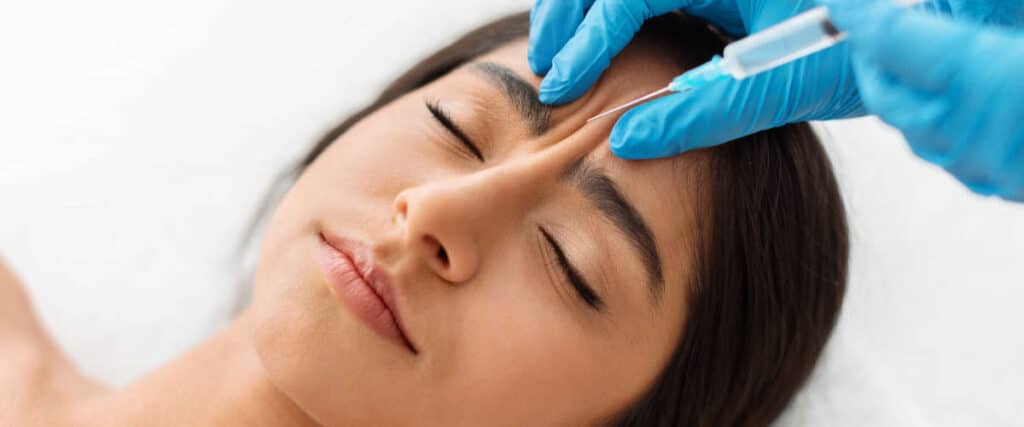
2. The Glabellar Region (Brow)
This area, located between the eyebrows, is highly sensitive to improper injections. Over-relaxation of the glabellar muscles can result in an unnatural appearance, drooping brows, or an unbalanced expression. Precision and conservative dosing are critical in this region to maintain natural movement while minimizing risks.
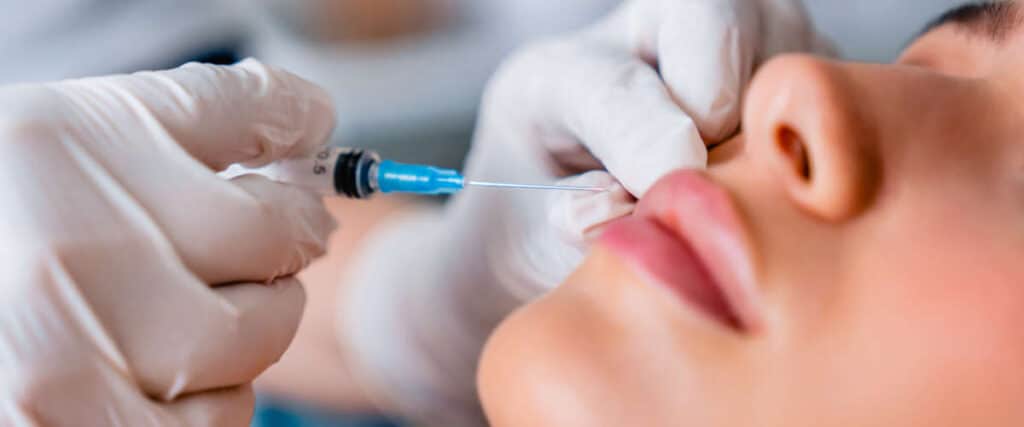
3. The Perioral Region (Mouth and Chin)
The mouth and chin area requires special care because the perioral muscles are involved in speech, chewing, and natural facial expression. Injections placed too deeply or inaccurately here can interfere with these functions, leading to difficulty speaking, smiling, or eating. Subtle dosing and precise technique are vital to maintain harmony in this delicate region.
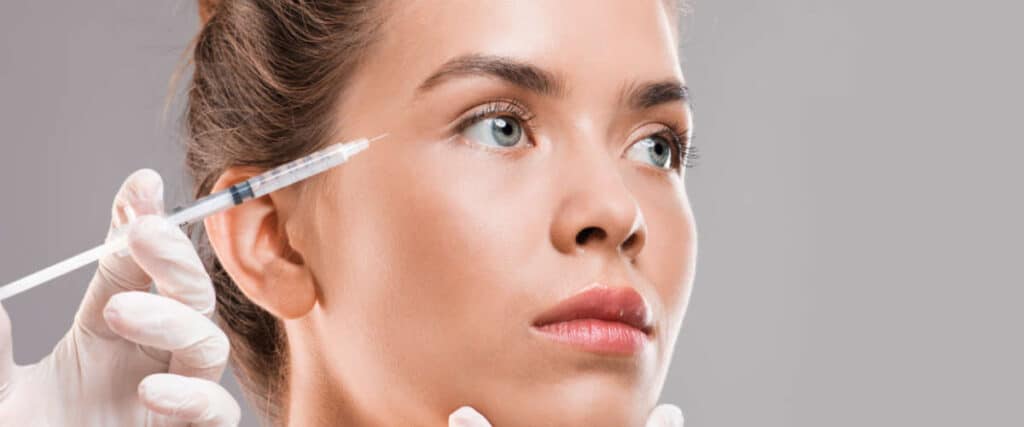
4. The Periorbital Area (Around The Eyes)
The eyes are among the most sensitive areas for Botox injections, as the eyelids and surrounding tissues are delicate. Improperly chosen injection sites here can lead to drooping eyelids, double vision, or an unnatural look. Mastery of technique is essential to preserve eye function and maintain aesthetic balance.
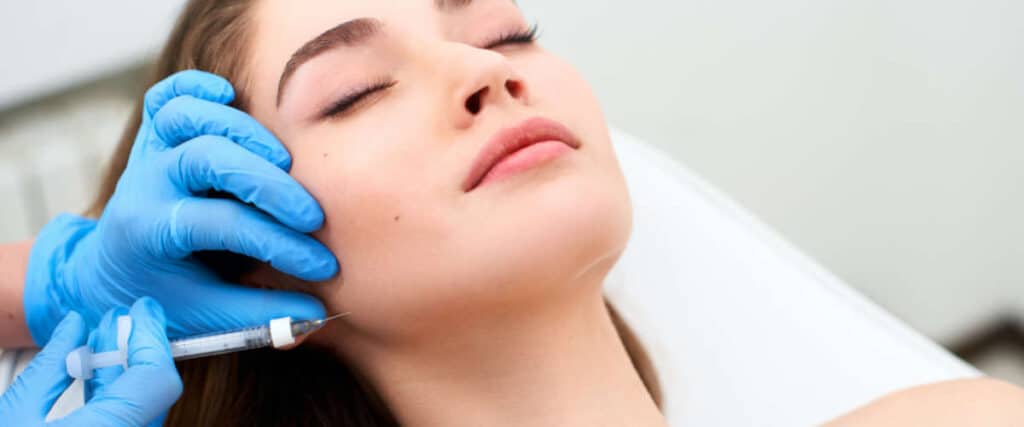
5. The Masseter Muscles (Jawline)
The masseter muscles play a major role in chewing and can be treated with Botox to slim the jawline or relieve tension. However, injections here must be carefully placed, especially in patients with TMJ disorder, as over-relaxation can affect chewing strength and facial symmetry. Expert technique helps avoid these issues.
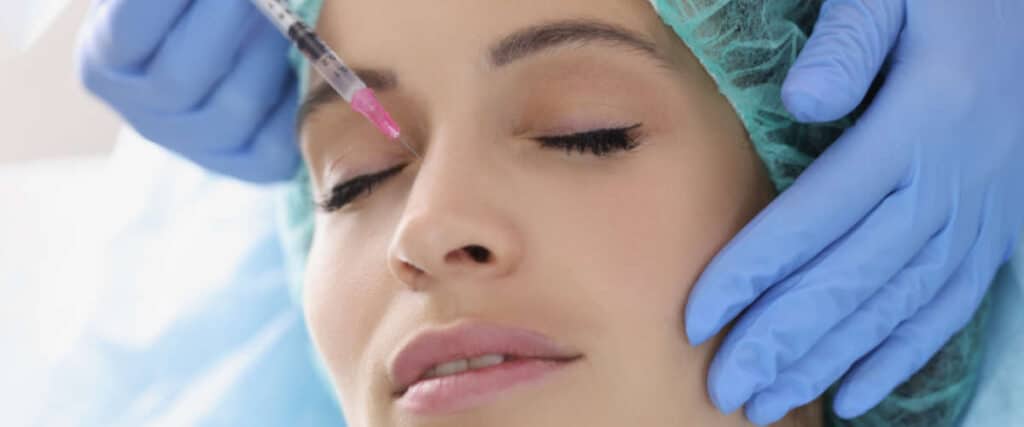
6. The Nasalis Muscle (Nose)
The nose region is another delicate part of the face where Botox must be used with caution. Injections in the nose area can interfere with nasal function or alter appearance in unintended ways. Because of the complex anatomy here, only skilled injectors should approach this zone to avoid complications.
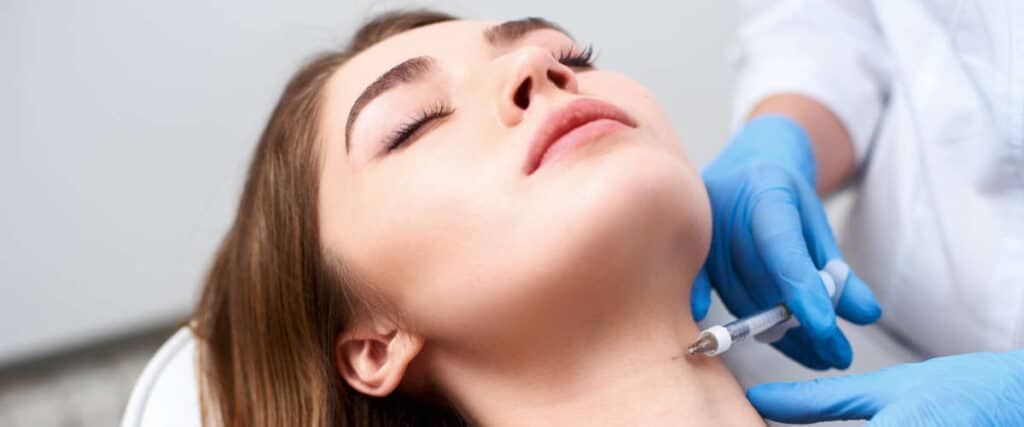
7. The Platysmal Bands (Neck)
The neck is often overlooked, but the platysmal bands are highly visible when they contract. Botox injections in this region require precision, as over-treatment can cause swallowing difficulties or alter neck movement. Skilled technique helps maintain natural contours while reducing the appearance of vertical neck lines safely.

Secure Your Safe Procedure Experience with Dr. Swartout
Join our satisfied clients who’ve experienced safe, effective treatments.
What Are the Potential Risks of Botox?
While Botox has a strong safety record, it is still important to recognize that any medical procedure can carry risks. In rare situations, unwanted side effects may occur, ranging from temporary discomfort to more serious health concerns. By understanding these potential risks, patients can make informed decisions and feel more confident about their treatment.
Allergic Reactions
Although rare, some patients may develop allergic reactions to components used in Botox. Symptoms may include itching, rash, or swelling at the injection site. Severe reactions, though uncommon, could involve difficulty breathing or dizziness. Identifying allergies before treatment and seeking immediate medical attention if they occur are key steps in ensuring safety.
Permanent Paralysis
Though extremely uncommon, permanent paralysis is one of the most serious risks associated with incorrect Botox use. If the toxin is injected into the wrong muscle or at an improper depth, it may cause long-lasting loss of movement in that area. Choosing a highly trained injector minimizes this risk and ensures careful application.
Eye-related Problems
Botox placed incorrectly near the eyes can sometimes cause ocular ischemia, vision changes, drooping eyelids, or difficulty closing the eyes completely. These problems occur when the toxin diffuses into unintended muscles, affecting their function. While typically temporary, such effects highlight the importance of precise technique and skilled injection in this delicate area.
Spread of Toxin Effects
In some cases, the botulinum toxin may spread beyond the intended area, leading to muscle weakness in unintended regions. This diffusion can cause drooping features, slurred speech, or general discomfort. Proper dosing and careful placement help minimize the risk of toxin spread and ensure that results remain localized.
Difficulty Swallowing or Breathing
One of the more serious complications occurs if Botox spreads to muscles that control swallowing or breathing. This can result in difficulty swallowing food, shortness of breath, or even more severe complications in rare cases. Immediate medical attention is required if these symptoms appear, underscoring the importance of precise dosing and skilled injection.
Counterfeit or Mishandled Botox
Unfortunately, counterfeit or mishandled Botox products can find their way into the market. Using unregulated sources or improperly stored vials increases the risk of contamination and serious health complications. Always ensure your injections come from a licensed medical professional who uses verified products to guarantee both safety and effectiveness.
Trust Your Face to Dr. Swartout’s Care
Find your natural beauty with Dr. Swartout’s expertise, conveniently located in Beverly Hills, CA.
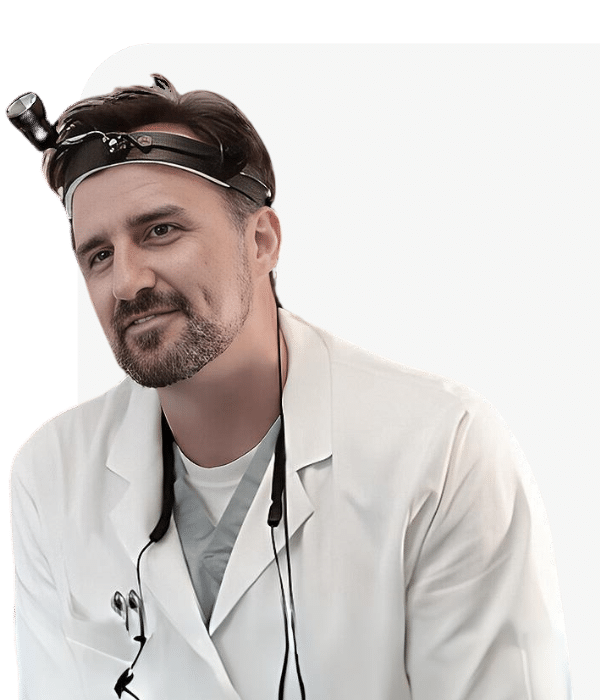
Who Should Provide My Botox Injections?
When it comes to injectable treatments, your choice of provider matters as much as the product itself. An experienced injector brings a deep understanding of facial anatomy, advanced injection techniques, and the ability to create a safe treatment plan tailored to your needs. This expertise is what ensures a smooth Botox experience and minimizes the chance of complications.
At our clinic, Dr. Benjamin Swartout provides precisely that level of care. A Harvard graduate and Albert Einstein College of Medicine-trained surgeon, he has published extensively on facial surgery and teaches residents at Harbor UCLA. With his specialized knowledge and experience, you can trust him to deliver natural results with patient safety at the forefront. Schedule your Botox consultation today by calling 310-275-0704 or visiting our contact page.

